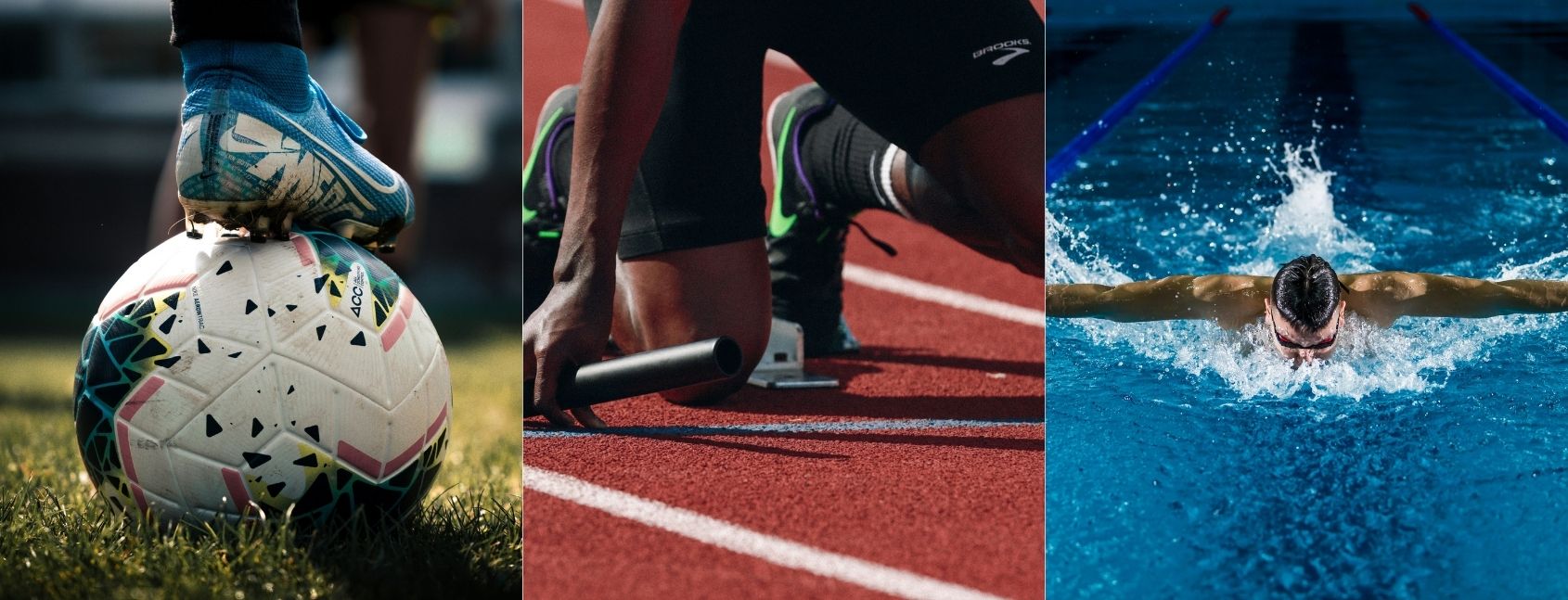-
TrendsPublications and Reports
-
SectorOthersIT and Communications
-
CountriesColombia
In a year filled with major sporting events, the question arises: How can brands effectively and organically participate in the conversation around these events?
Sports marketing has evolved from its beginnings in the early 20th century to become a multi-billion dollar industry, with a valuation of $680 billion by 2028, that is now essential to sports consumption. Brands that properly leverage sports marketing can generate visibility, positive association and build meaningful relationships with fans.
However, participating in major sporting events and sponsorships can be a barrier to entry for most brands, due to the high costs and exclusivity of contracts, making it virtually impossible for smaller brands to be an active part of the conversations generated by sports.
LLYC, a global marketing and corporate affairs firm, has analyzed 3 years of conversation and several emblematic cases to break down and contrast sports marketing best practices and consumer response to these campaigns. The goal is to help new players, brands of all sizes, to participate in the world of sports.
With the report “Desde las gradas”, the firm seeks to better understand the connection and relevance between brands and users in the context of sporting events, conducting a big data analysis with the support of artificial intelligence and machine learning techniques.
The study reveals the behaviors and relevance of brands since 2021 in relation to terms related to six global and regional sporting events: Tokyo 2020 Olympic Games; Qatar 2022 World Cup; Australia/New Zealand 2023 Women’s World Cup; Copa Libertadores 2023, US Open 2023 and Tour de France 2023, which impacted the Colombian market, and reveals that there are “more fertile fields” than others for brands seeking to venture into sports marketing.
With the Copa America, the European Championship and the Olympics upon us, brands are called upon to participate in the sports conversation in some way. While not every brand can be a sponsor, anyone can be a “supporter” brand. The study suggests:
- Campaigns that are activated in the “Preseason” generate more powerful spikes in conversation, as in-season conversation can skyrocket up to 200%. Therefore, timing is critical to generate differentiation and timelessness.
- Connecting with the passions generated by sports generates up to 16 times more conversation than talking about the event itself, so campaigns that focus on demonstrating emotion and even controversy are fertile for brand visibility.
- Giving more visibility to the fans than to the sport and the athlete increases the positive sentiment of campaigns by 300%, so giving focus to the fans generates more emotional connection in the commercial message.
- Out of 3,000 people surveyed, 81.8% say that when brands associate with celebrities, they lose credibility. Therefore, the study suggests betting on peer-to-peer representativeness in the eyes of the consumer.
- Spanish is the language of soccer and is deeply rooted, as Latino markets are the main promoters, which represents an opportunity for the visibility of Latino culture through brands.
Tournaments such as the FIFA World Cup and the Copa Libertadores generate the highest volume of conversation, but also have the highest number of negative and neutral mentions. On the other hand, events such as the US Open have the highest acceleration and positive sentiment in the conversation, as well as the Olympics, which in addition to more acceleration are accompanied by the most positive sentiment of all the conversation analyzed.
From the perspective of a new brand seeking to make its first strategy related to the sports territory, it makes sense to bet on the “young promises”: sports tournaments that are not yet very big in the country, but where the growth trend and the highly positive sentiment make them an interesting alternative in the medium and long term. Differentiating and standing out in these spaces is also easier, as there are fewer mentions of users and brands participating.
Another particular aspect analyzed in the text is the channels and their usability for each generation:
- Generation X mainly consumes sports on television and radio, although there is a gradual adoption of digital channels. With millennials, their favorite sports are cycling, motor sports and tennis.
- Generation Z, says the study, prefers sports such as basketball, boxing, volleyball and martial arts.
One of the most profitable strategies is to take advantage of the passions and even the controversy generated by sports. Brands that manage to connect with these passions and associate them with their personality and values, obtain a significant return in terms of interaction and favorable mentions.
The study closes with a map of recommendations and tactics, based on the findings and the data processed, for brands to join the sports conversations, even if it is “from the bleachers”:
- By understanding the target audience and the communities you want to reach, use data as an ally to recognize the sporting events that resonate with them.
- Although sporting events are important, focusing on the feelings and passions surrounding them helps to reflect the brand’s personality and generate emotional connections with the target audience.
- Creativity and good timing go hand in hand to leverage the moments before, during and after events to drive conversation and gain visibility and differentiation.
- Ensure organic and disruptive engagement, with a strong focus on understanding the pulse of the conversations and thus having a positive amplification.
- Consistency and discipline to build the territories that sport presents as an opportunity in the medium and long term.
In short, the sports scene is a key component in the development of growth strategies for brands. Considering that these scenarios move large numbers of people, there is no doubt that the contribution they have for brands is very large.
According to Emilio Alcázar, Director of Brand & Ads at LLYC, “sporting events and related marketing are a platform that can elevate the voice, image and connection with the public of brands. Sport offers a panorama where brands can show their essence, their commitment and their passion, generating loyalty that transcends the commercial. A story is written in every match that not only drives the sport, but also propels the soul of brands towards new horizons of success and recognition.”
You can access the study at this link.
*This content is translated with AI.



